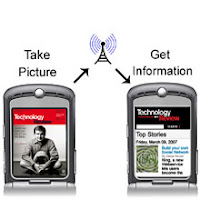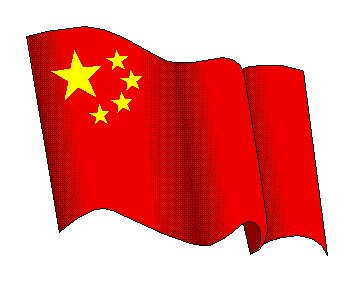What does this verdict mean to the content delivery network (CDN) space and what role will WAN acceleration software play?

Rumor had it Akamai was trying to buy LimeLight Networks during the patent trial.
Akamai said it will ask the Court to issue a permanent injunction prohibiting Limelight from infringing the patents, which Limelight has said could force it to shut down its CDN (content delivery network) service.
This decision gives Akamai an even stronger grip on the business of pre-positioning content near the edges of the network for mass distribution.
Akamai and their IP are/have become the "defacto monopoly of the content delivery network space"
Monopolies are never a good thing for an emerging industry, but there are ways around Akamai's stronghold.
Is there a way around Akamai's IP?
This is the third time Akamai successfully sued patent infringement, Cable and Wireless in 2001 and with Speedera in 2005 (eventually Akamai bought Speedera).
Dan Rayburn from The Business Of Video believes LimeLight Networks is in play:
Discussions are underway about Limelight being acquired by a larger player in the space who would then fight Akamai in court over the ruling. Limelight does not have a lot of resources to fight such a ruling nor an extensive patent portfolio so they are limited in what they can do. While rumors have been circulating about Limelight being acquired by Microsoft, I am predicting it would be AT&T or Level 3. Talks are intensifying about the acquisition and I put the chance at over 50%.
Akamai's patent 6,108,703, deals with a global hosting system that "allows a content provider to replicate and serve its most popular content at an unlimited number of points throughout the world" and was originally awarded to the Massachusetts Institute of Technology in 2000.
LimeLight Network customers include: Microsoft, FaceBook, Dreamworks and Amazon.
Om Malik in his piece called Hardware guys buying software today said "While Web 2.0 companies may get acquired by Google (or Yahoo), specialized software start-ups with products that enhance hardware will find buyers more often. Expect this trend to continue, and in fact gain momentum"
The rest of the story: (technically speaking)
This patent ruling gives Akamai an even stronger grip on the business of pre-positioning content near the edges of the network for mass distribution.
Why would one want to pre-position content like this?
1) To save on the amount of data sent across the trunk of the network.
2) So that there is almost no network latency between the point of caching (the edge servers) and the end user.
Nothing’s free. What is the downside of pre-distributing data like this in a CDN model?
1) You have to pay for all those edge servers.
2) You have to know where the data is going to be needed. This means in practice that you can only pre-position “popular” content.
Now that Akamai is even closer to dominating the CDN space, however, I expect that the cost of CDN services won’t fall as fast. Said another way, the cost of CDN edge serving will stay higher. What are the options?
The issue of network latency has been another driving reason why data had to be cached near the end user. That is changing.
There is a better way, and avoids Akamai's IP.
There is software which essentially neutralize the effects of latency on data transfer.
Using this sort of new technology, being far away from the source of data no longer determines how fast the data can get to you. Only data pipe sizes determine the bottleneck, and those are growing very, very fast. (Verizon now even offers 50 Mb/s symmetric FiOS service to consumers in some areas.)
So, how compelling is the CDN model now? See what CDN players should be looking at?
Of course, trunk bandwidth isn’t free, but as bandwidth prices fall faster than edge caching prices, CDNs become relatively less attractive to the alternative: Serve data out of one central location (or two, for redundancy) using WAN acceleration software or a similar geography-busting technology.
Think of this as a cheaper “personal CDN.” It’s also a whole lot simpler and faster to implement, and you can control everything yourself.
While LimeLight may still be in play, it could be for a different reason.
It’s even feasible that a company like Limelight would turn to such a technology and implement exactly this. If you can’t beat Akamai at its own game, they just might hitch onto another wagon and drive around them!
Software that essentially neutralizes the effects of latency on data transfer, is a space to watch.









